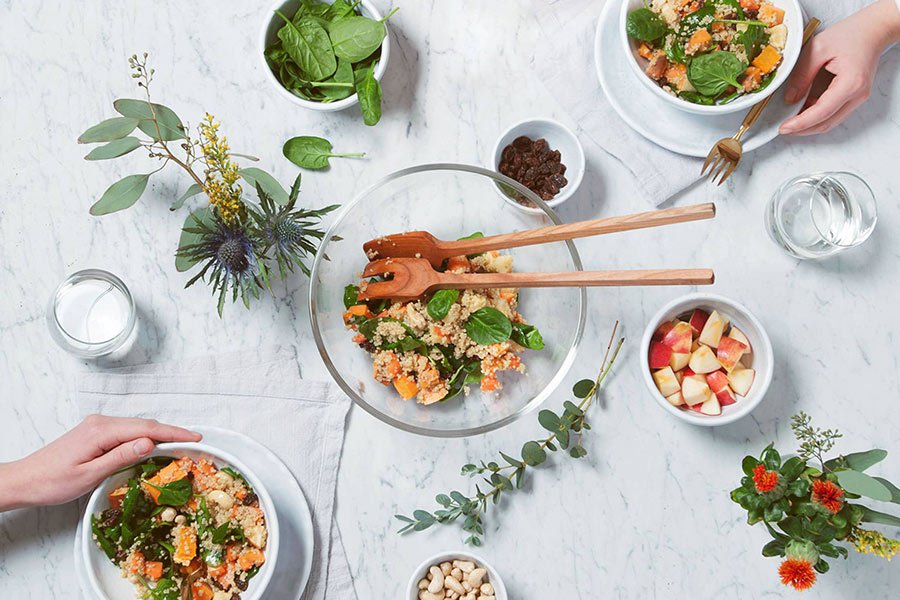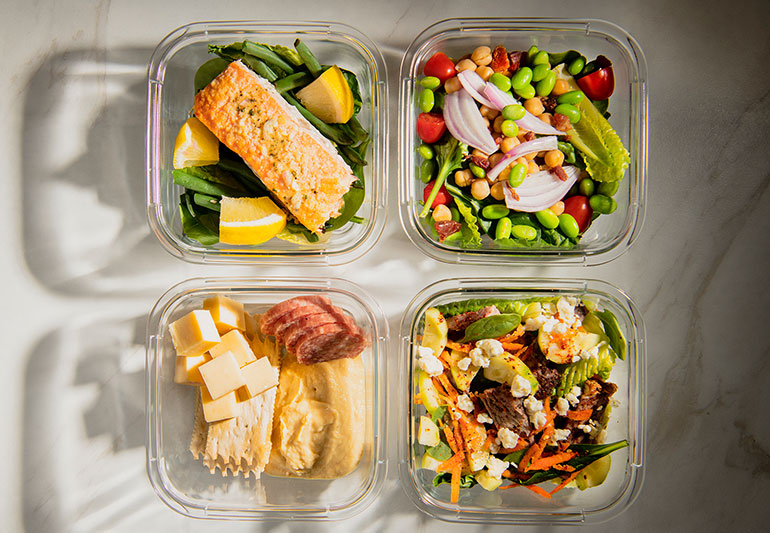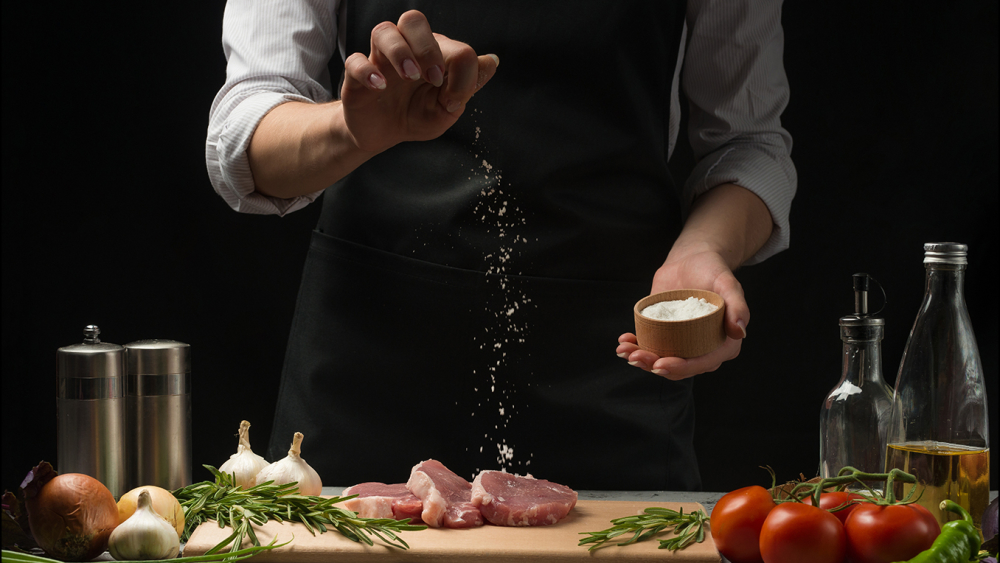
The most common reasons your cast-iron skillet is warping are: These include Thermal expansion, Sharp flash, and re-seasoning. This article will help you avoid these problems. If you're worried about the warping of your skillet, here are some easy solutions. Here are some possible causes. This article can be found on Sharp flash, Re-seasoning.
Thermal expansion
Cast iron can warp due to temperature fluctuations. The temperature change rapidly causes the center of cast iron to expand, while the outer layer is not affected. In addition, sudden changes in temperature, such as immersion in cold water, can cause the cast iron to warp and break. Thermal shock is the term. There are preventative steps you can take to avoid this, like heating the cast iron pan carefully before using it.
You should keep the meat at room temperature when cooking with high heat. This will reduce the temperature difference between the meat and the saucepan. Mismatched pan sizes are another cause of warping. For example, if you place a large pan on a small burner, only the center is in contact with the heat, the central area will expand faster than the rest of the pan.

Sharp flash
You've likely seen this issue if you own cast iron cookware. A sharp flash is caused by sudden temperature changes. The hot pan's center expands and the cool one doesn't. This causes iron stress, which leads to it warping. Fortunately, most flashes will be removed during the finish process. Some can be kept inside the handle. It is important to keep in mind that flashing does not affect cooking or handling and is not indicative of poor quality.
The shape of cast iron cookware is a good indicator that it has begun to warp. The bottom is the most obvious place. It is more likely to occur in long and flat castings. To avoid this, find a curving shape at the thickest part the wall. Uneven cooking can be caused by warped pans that allow liquid to pool in their middle. Try to place the pan on a flat surface if you see any of these signs. If your pan appears warped, this is a sign that the pan has been damaged. However, it can still be used in an oven or on a gas stove burner. The item's collectible value will be decreased if it has too much warp.
Re-seasoning
If you're looking for a quick, easy, and inexpensive way to re-season your cast-iron skillet, try placing ice cubes on the warped section and running a small amount of cold water over it. Ice will flatten warped areas. The water will also cool them down. Temperature differences between the water and the cast-iron pan cause warping.

Cast-iron that has been seasoned will make it strong and resistive to warping. You can prevent your pans' from warping by re-seasoning cast-iron. They won't be nearly as susceptible to corrosion as unseasoned cast steel. The process starts by preheating your pan to 200 degrees Fahrenheit. After heating the pan, you will see some oil in the lower areas. Once oil has accumulated in low places, heat the skillet in the oven at 450° F. For one hour, then remove the skillet from the oven. Bake at 450°F for 1 hour.
FAQ
What should a beginner cook start with?
Start cooking something simple, such as pasta, rice, soup. A recipe book or a YouTube video can help you learn how to cook. Cooking can be fun when done with a partner. Try cooking together as a family, or have friends share the experience.
Do I need to attend culinary school to become a cook?
No. Many chefs learned their craft on their own. Some even went on to culinary school to gain work experience. But most chefs prefer culinary school as it offers them more opportunities for learning and growth. Culinary schools allow students to learn hands-on skills, and this helps them improve their cooking knowledge.
How do I learn how to cook like an expert?
Cooking is one of the best ways to become a better person. Being able to cook healthy food is a great skill to improve self-confidence. You can learn to cook at home if your goal is to become a good cook. First, find out which recipes appeal to you. You can then read books about other cuisines like Mexican, Chinese and Italian. Finally, make sure you practice different recipes until you feel confident.
What can I learn about cooking?
There are many cooking classes available all over the country. You can find courses in baking, pastry and wine tasting at many schools. A local community college, vocational school, or private institution can offer classes in cooking.
Can you learn to cook on your own?
You can learn to cook by yourself! Everyone loves cooking, regardless of whether they are skilled or not. If you're interested in learning how cook at home, then start cooking. Start small, such as making pancakes for breakfast and spaghetti sauce at dinner. You can learn the most by trying new recipes and making mistakes. You might even make some mistakes.
You can learn to cook in a matter of hours or weeks depending on your level of cooking ability. It's important to remember that cooking isn't just about following recipes. There are many ways of cooking food. So if you have an idea for a recipe, use it.
How to be a Chef
There are many avenues to become a professional chef. Start by enrolling in a class at a vocational school or community college. Consider attending culinary school. The last option is to apply for a job as a paid intern.
Statistics
- You'll be amazed that over 90% of CIA students receive scholarships and grants to finish their culinary studies. (ischoolconnect.com)
- The median pay for a chef or head cook is $53,380 per year or $25.66/hour, according to the U.S. Bureau of Labor Statistics (BLS). (learnhowtobecome.org)
- In the United States, the category is estimated at $23.2 billion annually and is growing faster than the market. (washingtonpost.com)
External Links
How To
How to make a perfect Omelette
Omelets are one of my favorite foods to eat at breakfast. How do you make them perfect? I've tried many different methods and recipes, but none of them seem to work! Today, I'd like to share some tips with you in order to make delicious and fluffy omelets every day.
Before we start making omelets, let's remember that eggs are temperamental. You must get them fresh, organically, and keep them cold until you cook. If they are not kept cold enough, the whites won’t form properly. The yolks will also break down too quickly and become runny. This can make your omelets look bizarrely colored. If you plan to cook the eggs right away, it is best to use room temperature eggs.
Another tip is to separate each egg before adding them to the saucepan. You don't want any white to get mixed up with the yolk because this could cause the omelet to curdle.
The bottom part of an egg that is added directly to the stovetop might be burned, which could cause a ruined texture in your omelet. Instead, microwave the egg for 10 seconds before adding it to the pan. The microwave heat cooks the eggs just right without overcooking them.
Let's now talk about mixing eggs. Mixing eggs together is important. You need to beat them well. You can do this by turning the bowl of your mixer upside down. Then shake the bowl vigorously. The egg will be thoroughly mixed in the bowl as the air is whipped.
Now it's time to have fun: pour the milk into the mixture. First, pour half of the milk into the beaten eggs and then fold the eggs gently into the remaining milk. You don't need to worry if streaks remain. They will disappear once you flip your omelet.
After you have folded the eggs, heat the oil in a pan over medium heat. Once the oil has started to sizzle, turn the heat down to low. Once the oil starts getting hot, add 1/4 cup of butter to the pan and swirl it around to coat the entire surface of the pan. The lid should be carefully opened. Sprinkle salt in the pan. An additional pinch of salt will prevent the omelet form sticking to your pan.
Cover the pan once you have formed the omelet. Wait for the top to set. Flip the omelet upside down or with a spatula. Cook the other half for another minute. Serve the omelet immediately by removing it from the pan.
This recipe works best when you use whole milk.